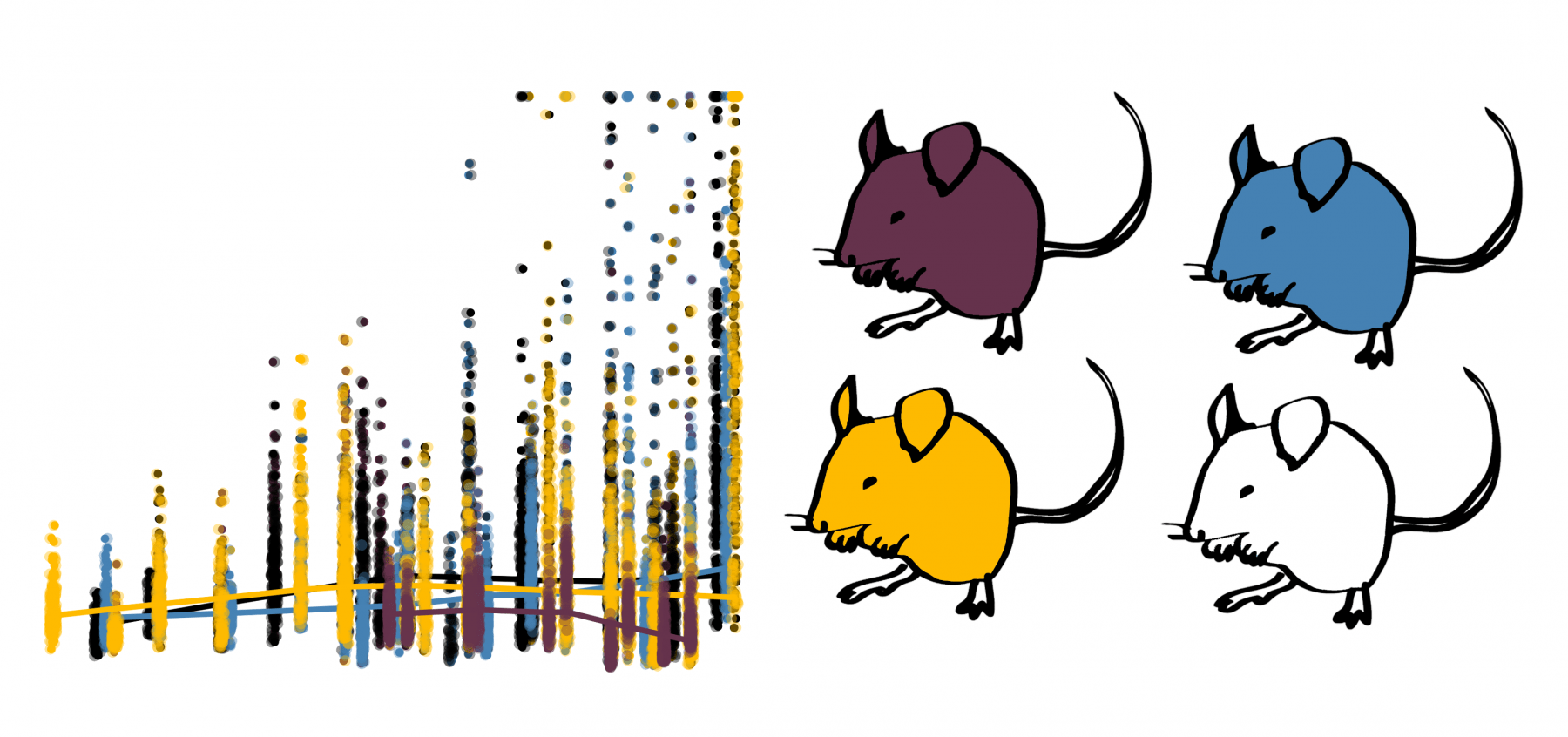New Paper on Huntington’s Disease
 isbscience.org/news/2017/02/27/new-paper-huntingtons-disease/
isbscience.org/news/2017/02/27/new-paper-huntingtons-disease/
Feb. 27, 2017
ISB researchers and colleagues from several institutes published a new study today in Human Molecular Genetics. The key points of the study “High resolution time-course mapping of early transcriptomic, molecular and cellular phenotypes in Huntington’s disease CAG knock-in mice across multiple genetic backgrounds” are:
- A multi-institute collaboration mapped in high resolution the earliest effects of the Huntington’s disease mutation in mice.
- The study included four different genetic strains of mice which allowed the researchers to observe differences in the rate of mutation-induced changes as a result of genetic background
- Mapping early HD pathogenesis expands our understanding of early disease transitions and will inform other studies on proximal mechanisms and how to slow the disease process.






